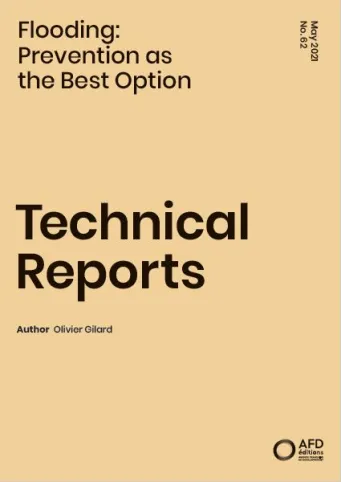Share the page
Flooding: Prevention as the Best Option
Published on

Across the world, flooding remains the most frequent and most damaging natural risk. This technical report begins by exploring the reasons for this state of affairs: hydrological regimes, the existence of extreme events as part of a continuous distribution of possibilities, and the concepts of hazard and vulnerability. It then moves on to describe the components of an integrated flood risk management policy: (i) preventive measures involving land use planning and hydraulic development, leaving a residual, acceptable level of risk; (ii) crisis management measures, including flood forecasting, in order to cope with this accepted level of residual risk; and (iii) measures to encourage a risk culture, communicating the lessons of the other two components. Starting from these fundamentals of flood risk analysis, the author offers operational recommendations for designing projects funded by the AFD in its target countries. In the final section, he reviews some specific situations in both France and developing countries.
Useful Information
-
Authors
-
Olivier GILARD
-
Edition
-
62
-
Number of pages
-
66
-
ISSN
-
2492-2838
-
Collection
-
Technical Reports
